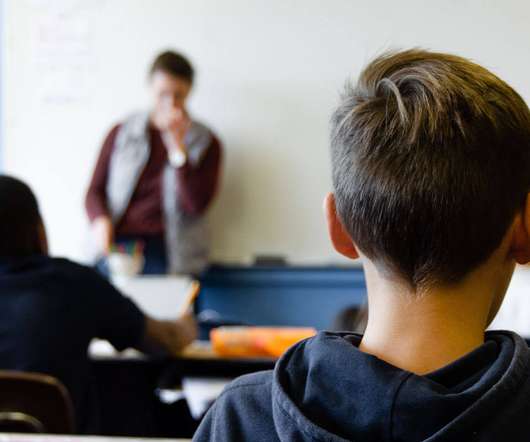How to stimulate engagement in elearning
KnowledgeOne
JUNE 6, 2024
Create a climate conducive to active engagement by giving space for emotional reactions to emerge, encouraging learners to build on their existing knowledge and follow their intuition, while explicitly valuing the right to make mistakes. Give precise, detailed feedback, and correct errors after the exercise so that lessons can be learned.























Let's personalize your content